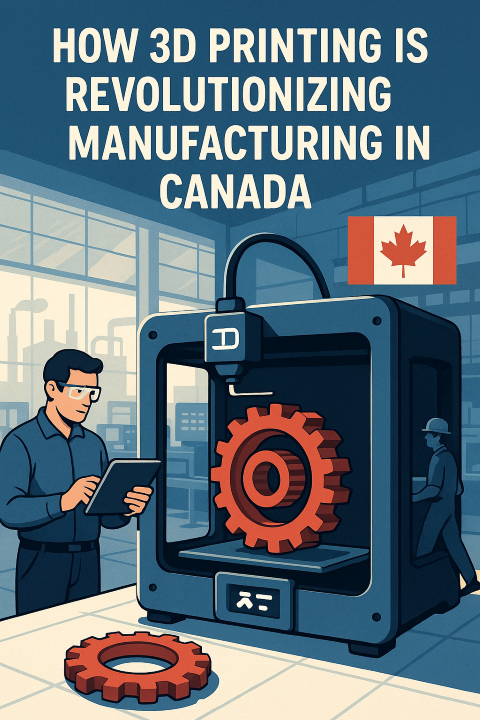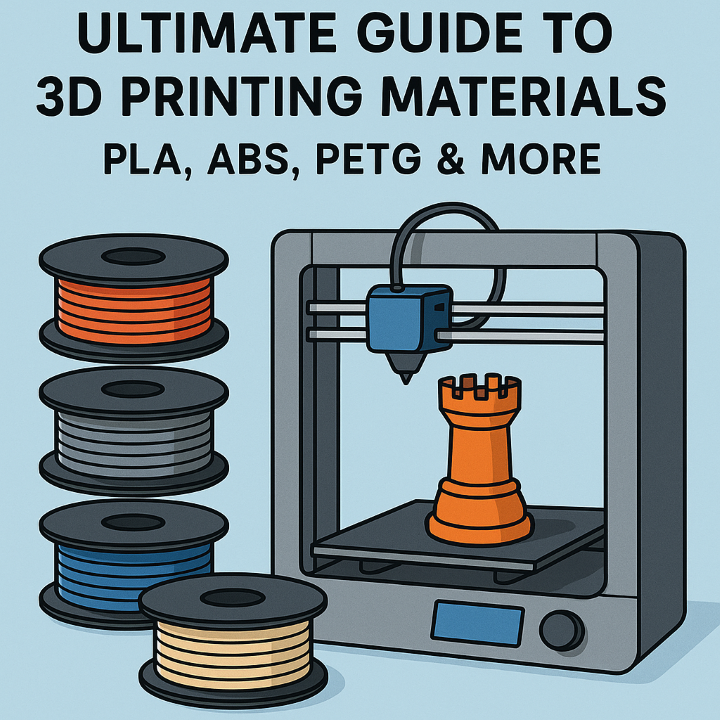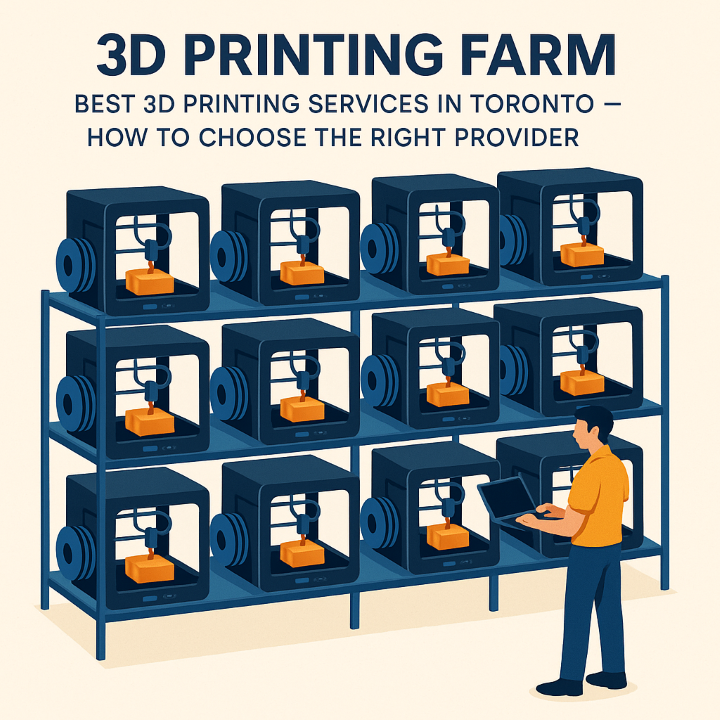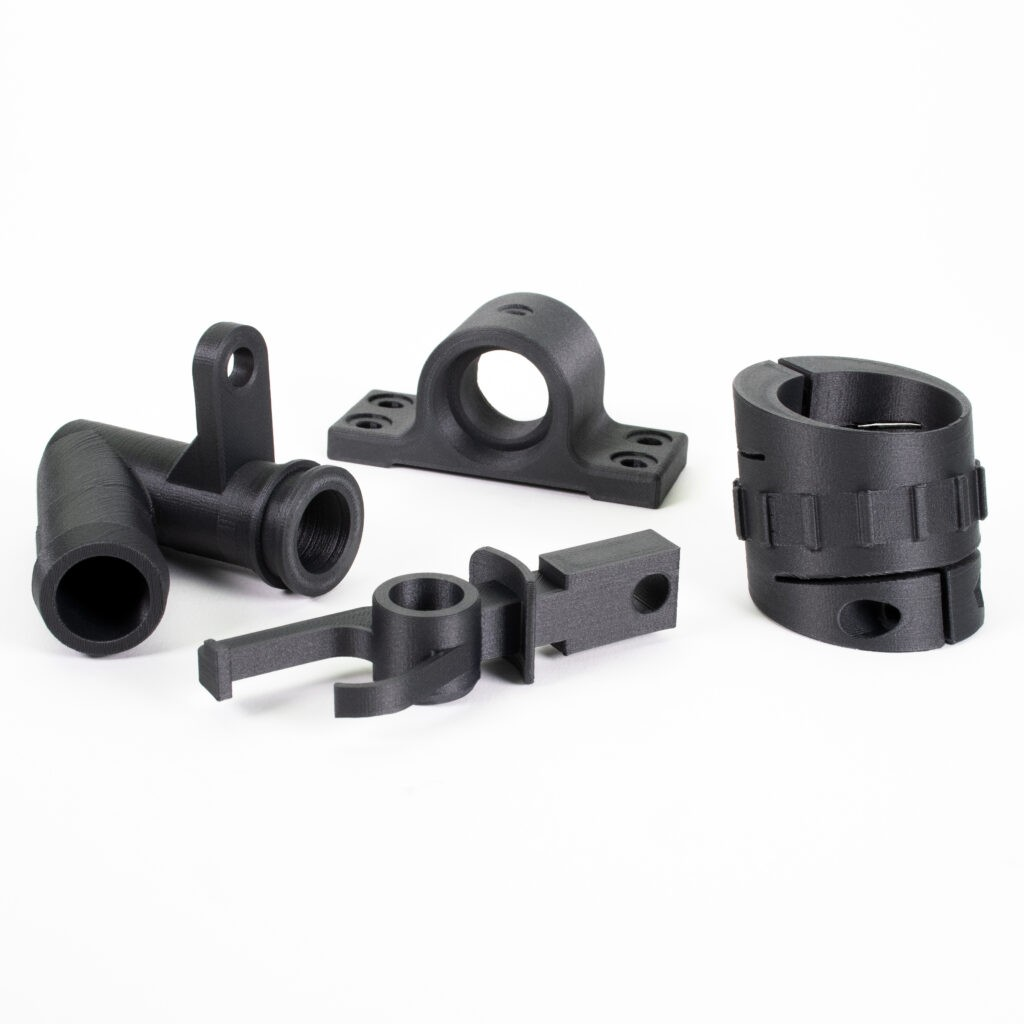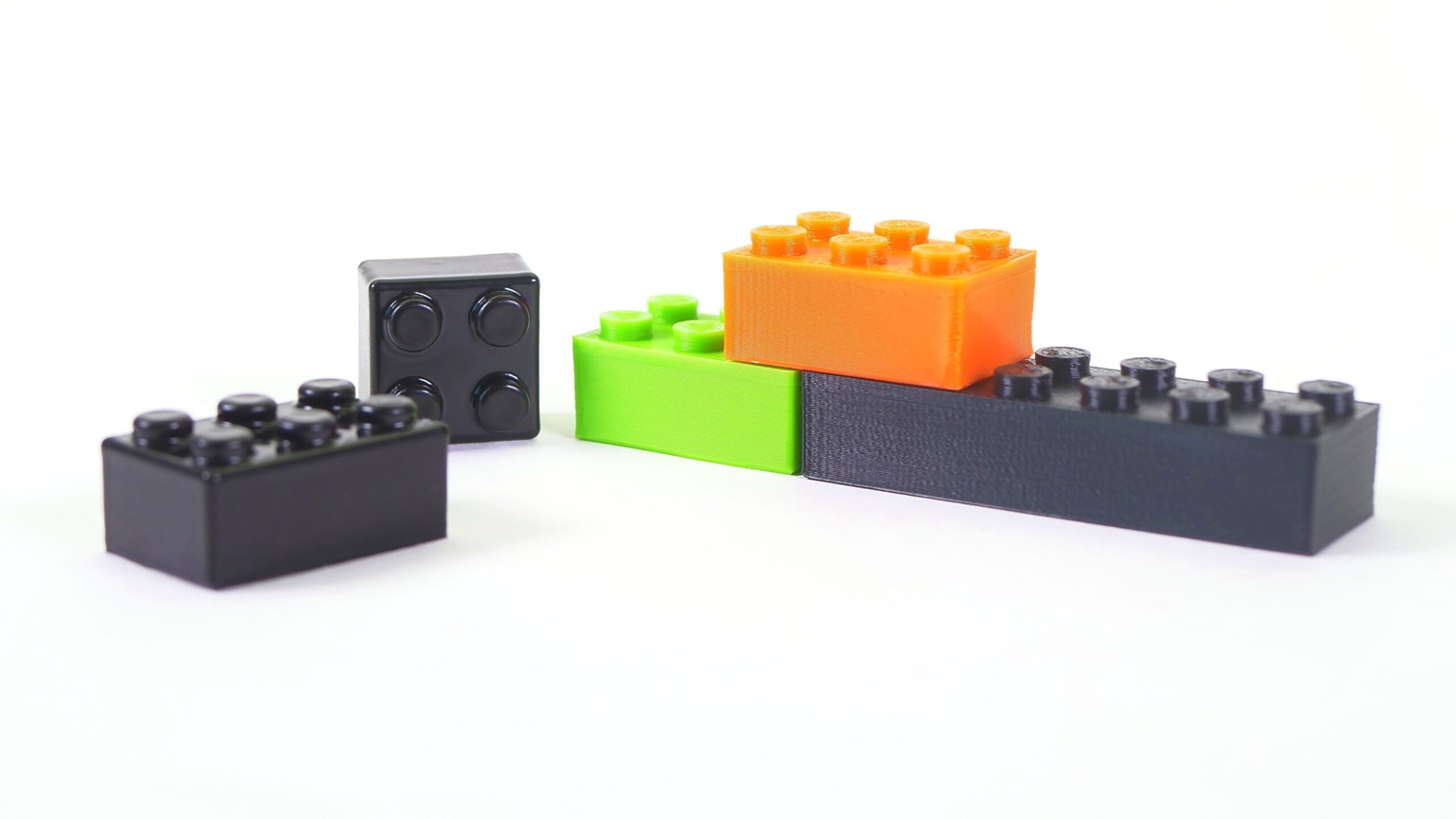Your cart is currently empty!
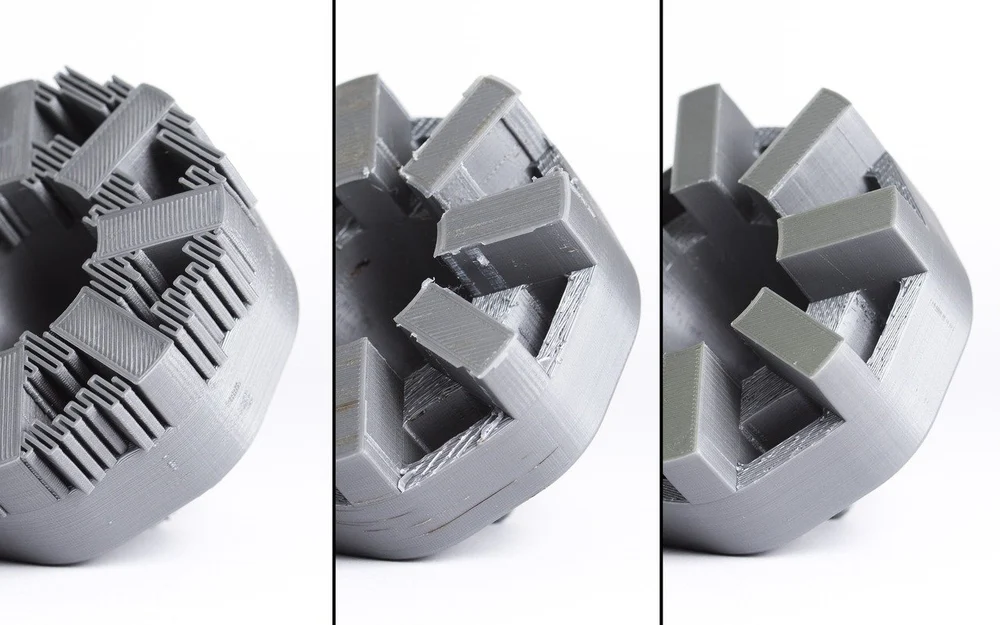
PLA (Polylactic Acid)
Applications: Prototyping, aesthetic models, educational printsAdvantages: Biodegradable, low print warping, high printabilityLimitations: Brittle, low thermal resistance
PLA is a renewable biopolymer derived from corn starch or sugarcane. It is widely used due to its low printing temperature (180-220°C) and minimal warping. However, PLA exhibits limited mechanical strength and poor thermal stability, making it unsuitable for high-performance applications.
PETG (Polyethylene Terephthalate Glycol-Modified)
Applications: Functional parts, food-safe containers, mechanical componentsAdvantages: High impact resistance, chemical resilience, moderate flexibilityLimitations: Prone to stringing, moisture-sensitive
PETG serves as an intermediate between PLA and ABS, providing superior toughness while retaining printability. With an extrusion temperature range of 220-250°C, PETG offers moderate heat resistance and good layer adhesion, making it a popular choice for durable prints.
ABS (Acrylonitrile Butadiene Styrene)
Applications: Automotive parts, enclosures, industrial-grade prototypesAdvantages: High strength, impact resistance, superior thermal stabilityLimitations: Requires an enclosure, prone to warping
ABS is a petroleum-based thermoplastic that withstands higher temperatures (print temperature: 230-260°C, bed temperature: 90-110°C). While it provides durability, it necessitates controlled print environments to minimize shrinkage and delamination.
Share with
/

